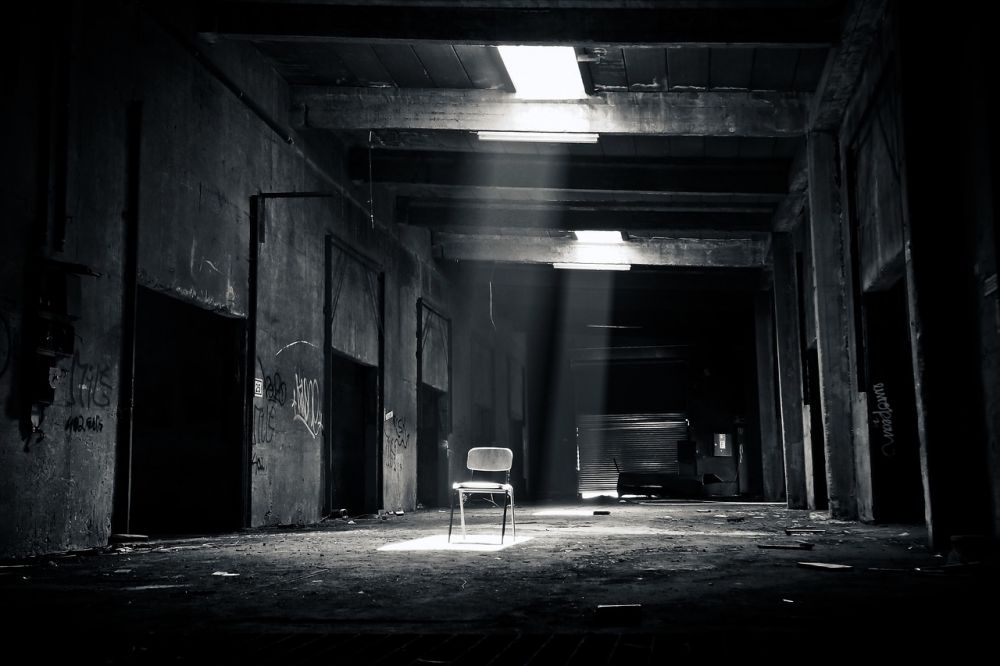Bruno, the German Architect: A Comprehensive Overview

Introduction ()
Bruno, a prominent German architect, has significantly contributed to the field of architecture with his innovative designs and iconic buildings. This article aims to provide a detailed and in-depth insight into Bruno’s work, exploring various aspects such as his architectural style, popular projects, quantitative measurements, differences between his designs, and a historical overview of the advantages and disadvantages of his architectural approach. Whether you are a design enthusiast, a student of architecture, or simply curious about Bruno’s work, this article offers a comprehensive understanding of his contributions to the field.
Overview of Bruno, the German Architect

Bruno, a renowned German architect, is known for his exceptional designs that incorporate both functionality and aesthetics. His work reflects a deep understanding of architectural principles, blending traditional elements with modern techniques. His designs often prioritize minimalism, simplicity, and sustainability, creating spaces that are both visually appealing and environmentally friendly. Throughout his career, Bruno has gained recognition for his innovative approach and has been awarded numerous accolades for his contributions to the architectural landscape.
Comprehensive Presentation of Bruno Architecture
Bruno architecture encompasses a wide range of design styles, each with its own distinct characteristics and influences. One notable style is the minimalist approach, which emphasizes clean lines, open spaces, and the use of natural light. Another popular style is the futuristic design, characterized by unique shapes, advanced technology integration, and a focus on sustainability. Bruno is also known for his preservationist approach, where he combines historical elements with contemporary design to restore and revitalize existing structures. Examples of these include restorations of heritage buildings and adaptive reuse projects.
Quantitative Measurements of Bruno Architecture
Bruno architecture has been widely studied and measured using various quantitative metrics. Some common measurements include building height, square footage, energy efficiency ratings, and sustainability certifications. Bruno’s designs often prioritize energy efficiency, utilizing sustainable materials and incorporating renewable energy sources. This approach not only reduces the environmental impact but also enhances the overall livability and functionality of the spaces he creates. Several of his projects have received LEED (Leadership in Energy and Environmental Design) certifications, illustrating his commitment to sustainable design practices.
Discussion on Differences in Bruno Architecture
Despite having a distinctive architectural style, Bruno’s designs can also vary significantly based on the intended purpose and location of the project. For instance, his urban buildings often prioritize functionality and integration with the surrounding environment, while his rural projects may focus more on blending with nature and preserving the landscape. Additionally, Bruno’s designs for public spaces, such as museums or cultural centers, may showcase more artistic elements and grandeur compared to his residential projects. These differences reflect his versatility and adaptability as an architect.
Historical Overview of Pros and Cons in Bruno Architecture
Throughout history, Bruno’s architecture has been met with praise as well as criticism. On the positive side, his designs prioritize sustainability, aiming to create environmentally friendly structures that minimize energy consumption and waste. His focus on blending historical elements with modern design also helps in preserving cultural heritage. However, some critics argue that his minimalist approach lacks personality and warmth, potentially creating spaces that feel cold or impersonal. Additionally, the integration of advanced technology in some of his futuristic designs has raised concerns about the long-term maintenance and adaptability of these structures. Nonetheless, Bruno’s architectural achievements far outweigh any drawbacks, as his innovative designs continue to inspire and shape the architectural landscape.
Conclusion
In conclusion, Bruno, the German architect, has made a significant impact on the field of architecture through his innovative designs and commitment to sustainability. His architecture encompasses various styles, each with its own unique characteristics and influences. Bruno’s measured approach, attention to detail, and the integration of sustainable practices have garnered him widespread recognition and numerous awards. Whether through his minimalist designs or his preservationist approach, Bruno’s work has left an indelible mark on the architectural world. As we continue to marvel at his iconic structures, we are reminded of his enduring legacy and his contribution to shaping the built environment.
(Note:
– Insert a relevant video clip related to Bruno’s architecture at this point in the text.)





















